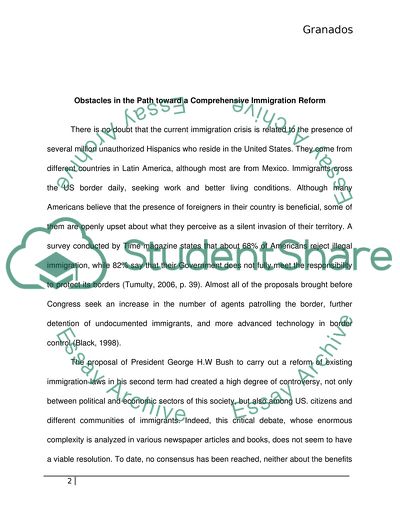Cite this document
(“Obstacles in the Path toward a Comprehensive Immigration Reform Research Paper”, n.d.)
Obstacles in the Path toward a Comprehensive Immigration Reform Research Paper. Retrieved from https://studentshare.org/human-resources/1759790-immigration-reform
Obstacles in the Path toward a Comprehensive Immigration Reform Research Paper. Retrieved from https://studentshare.org/human-resources/1759790-immigration-reform
(Obstacles in the Path Toward a Comprehensive Immigration Reform Research Paper)
Obstacles in the Path Toward a Comprehensive Immigration Reform Research Paper. https://studentshare.org/human-resources/1759790-immigration-reform.
Obstacles in the Path Toward a Comprehensive Immigration Reform Research Paper. https://studentshare.org/human-resources/1759790-immigration-reform.
“Obstacles in the Path Toward a Comprehensive Immigration Reform Research Paper”, n.d. https://studentshare.org/human-resources/1759790-immigration-reform.


